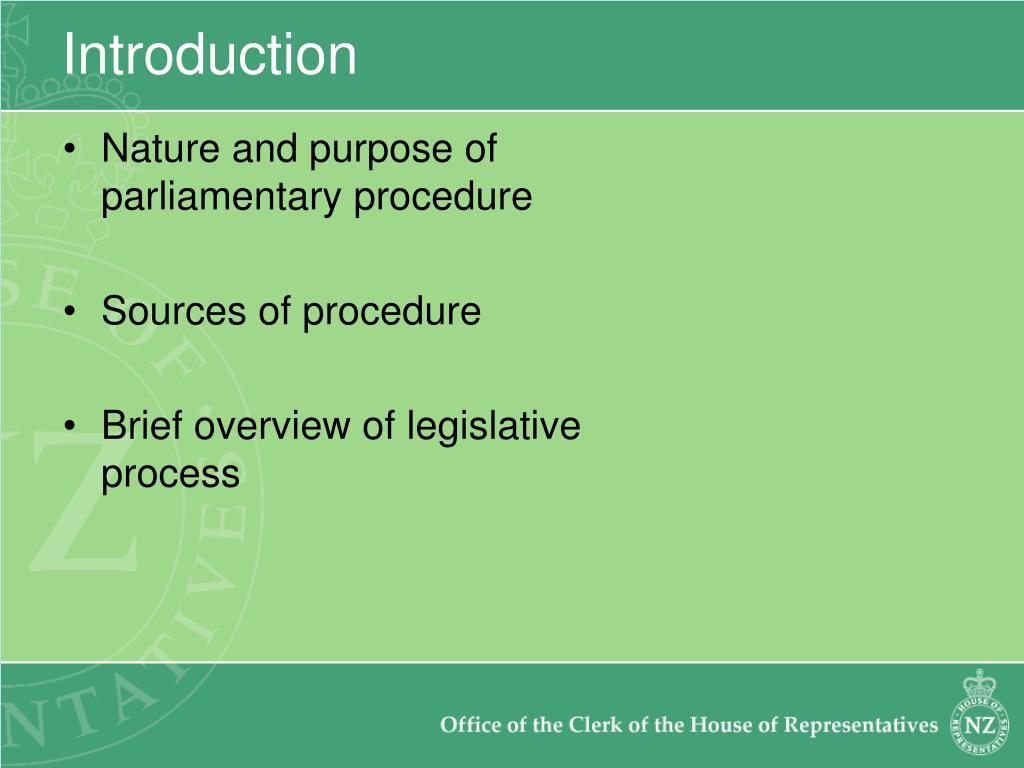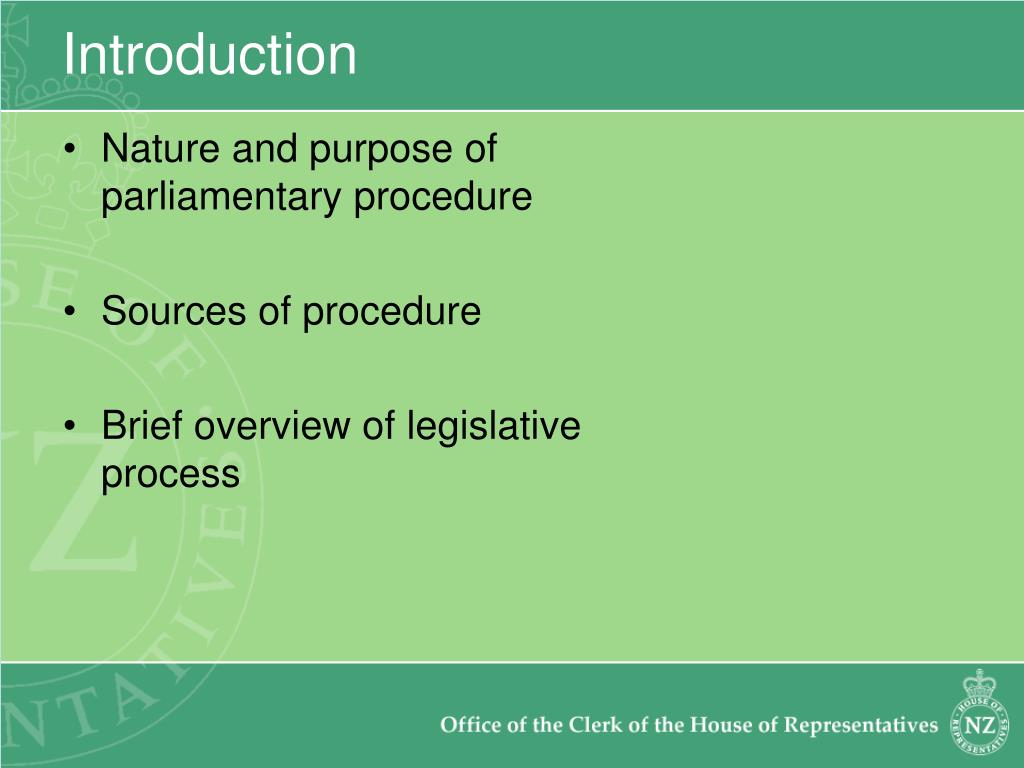What are the various phases of regulation making procedure in indian parliament? – India’s legislative system is an interesting instance of freedom at work. From the preliminary stimulate of a concept to the last implementation of a regulation, the trip with the legal procedure is a complicated however important component of administration. Recognizing these phases provides us a much deeper admiration for just how regulations are made and just how they influence our lives.
The procedure starts with the intro of a costs. This can originate from a Member of Parliament (MP), the federal government, or perhaps an exclusive participant. When presented, the costs undergoes a number of important actions, guaranteeing detailed conversation and dispute. These actions are developed to permit public input, analysis, and modification prior to the costs ends up being regulation. This important procedure is important for guaranteeing the regulation offers the individuals successfully and relatively.
Let’s damage down the essential phases:
- Introduction: The costs is officially provided to the Parliament. This notes the beginning of the legal trip.
- First Reading: The costs is presented and checked out out loud. This is a short review of the costs’s material.
- Second Reading: Detailed conversation and dispute happen. Modifications can be recommended and elected upon. This is an essential phase for public input and improving the costs.
- Committee Stage: The costs is taken a look at thoroughly by a specialized board. This enables professional input and mindful factor to consider of the costs’s ramifications.
- Third Reading: A last ballot occurs. The costs relocates to the various other residence of Parliament if passed.
- Presidential Assent: Once both residences accept the costs, it mosts likely to the President for last authorization. This is the last action in the procedure.
Each phase is developed to make sure that the regulation is extensively thought about and discussed. This complex strategy is a testimony to India’s dedication to autonomous concepts. The whole procedure is a fragile equilibrium of power and liability. From the preliminary concept to the last implementation, every phase plays an essential function in guaranteeing the regulation offers the very best rate of interests of the country.
Illustrative Example: Imagine a costs suggesting adjustments to ecological laws. It would certainly be discussed by ecological professionals, financial experts, and participants of the general public. Modifications would certainly be recommended, and the costs would certainly be modified based upon the comments. This instance highlights the value of public input in the law-making procedure. A comprehensive and clear procedure is necessary for a well-functioning freedom.
The trip of a costs with the Indian Parliament is an effective demo of the autonomous procedure. It’s a system developed to make sure the voice of the individuals is listened to which regulations are crafted with mindful factor to consider and analysis.

.
